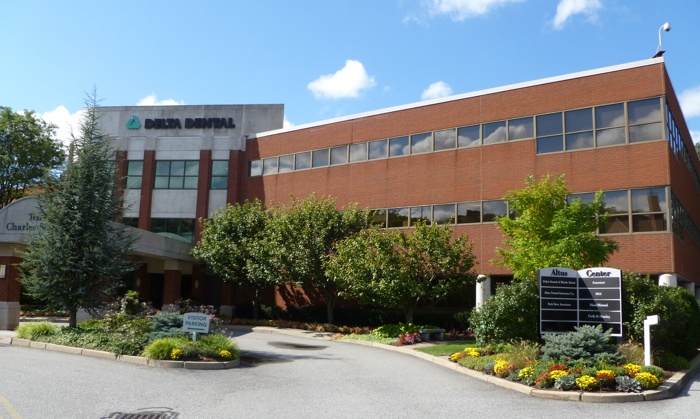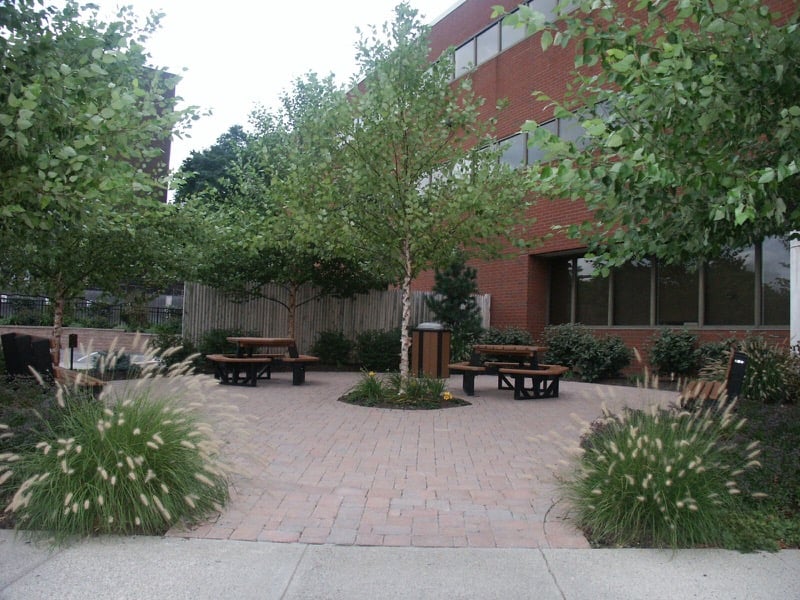Many business owners and managers have trouble justifying to themselves the expense of a landscape beyond the minimum necessary for appearance and to meet regulations. That’s too bad, because they’re missing an opportunity to add value to their business, goodwill with their customers, and even income to their bottom line. Instead of settling for ho-hum, minimal landscape, consider these five best practices to maximize the return-on-investment (ROI) of your next landscape project and reap the rewards of creating a vibrant, more attractive commercial property customers and prospects will feel good about.
- Start with the biggest win: COLOR
Green is good, but COLOR is better. When your landscape has vibrant, lively colors in it, it garners positive attention and creates a feel-good vibe that encourages prospects to visit and customers to linger.
- Treat landscaping as part of your marketing
You want to make sure the message you deliver is consistent and positive. Whatever experience your business offers, your landscape should mirror it. Is your company exciting? Your landscape should be, too, with bold colors, dramatic shapes, sizes, and textures. Do you run a relaxing spa or therapy business? Your landscape should be more subdued and soothing to transition your clients inside.
- Use environmentally friendly materials
In today’s world of sustainability consciousness, there are many aspects of the landscape that can be designed for high impact and low inputs. Limited lawn areas and turf selections that have lower water, fertilizer and mowing requirements. Planting choices that are native to your region and well planted and placed to therefore need lower inputs each year to care for them. Hardscape choices that will infiltrate water and still be functional spaces for gathering and walking.
- Reduce your impact to increase your value
The commercial landscape has the power to truly support our environment by “greening” up lots of space. There is a lot of brand clout in that effort. Think about it, commercial sites must have parking and walking spaces for humans. Why not balance those hardscape elements with lots of green space. Break the cycle of lawn as a knee-jerk reaction to unpaved space. Think about resilient plantings that will offer green, color, and maybe even habitat for pollinators!
- Think long-term
Most commercial landscapes are “recycled” every few years – grassy areas get worn out, flowers and shrubs die, mulch decays, washes or blows away. With a little more planning, consideration, and investment, you can create a landscape that is more durable, sustainable, and longer-lasting, saving you time, money, and labor in the long run. Lower long-term expense translates into higher profits.
 Fall color adds interest to the entryway
Fall color adds interest to the entryway
These five best practices are all great ways to improve the value and image of your business by creating goodwill and an attractive focal point in the community. Often for a bottom-line-oriented owner or manager it’s can be hard to translate these “soft” benefits into hard numbers. But there’s one more benefit to be reaped from installing a better-designed and maintained commercial landscape that’s more easily measured: productivity.
Tweetable Tip: Whatever experience your business offers, your landscape should mirror it. http://ctt.ec/ed2W2+
When employees come to an attractive location every day and see beauty outside their windows, they feel better about themselves and the company they work for. Attitudes improve, productivity goes up, and that all translates into better performance. A little extra investment in the landscape can make a lot of difference to the bottom line.




 Fall color adds interest to the entryway
Fall color adds interest to the entryway
Leave a comment